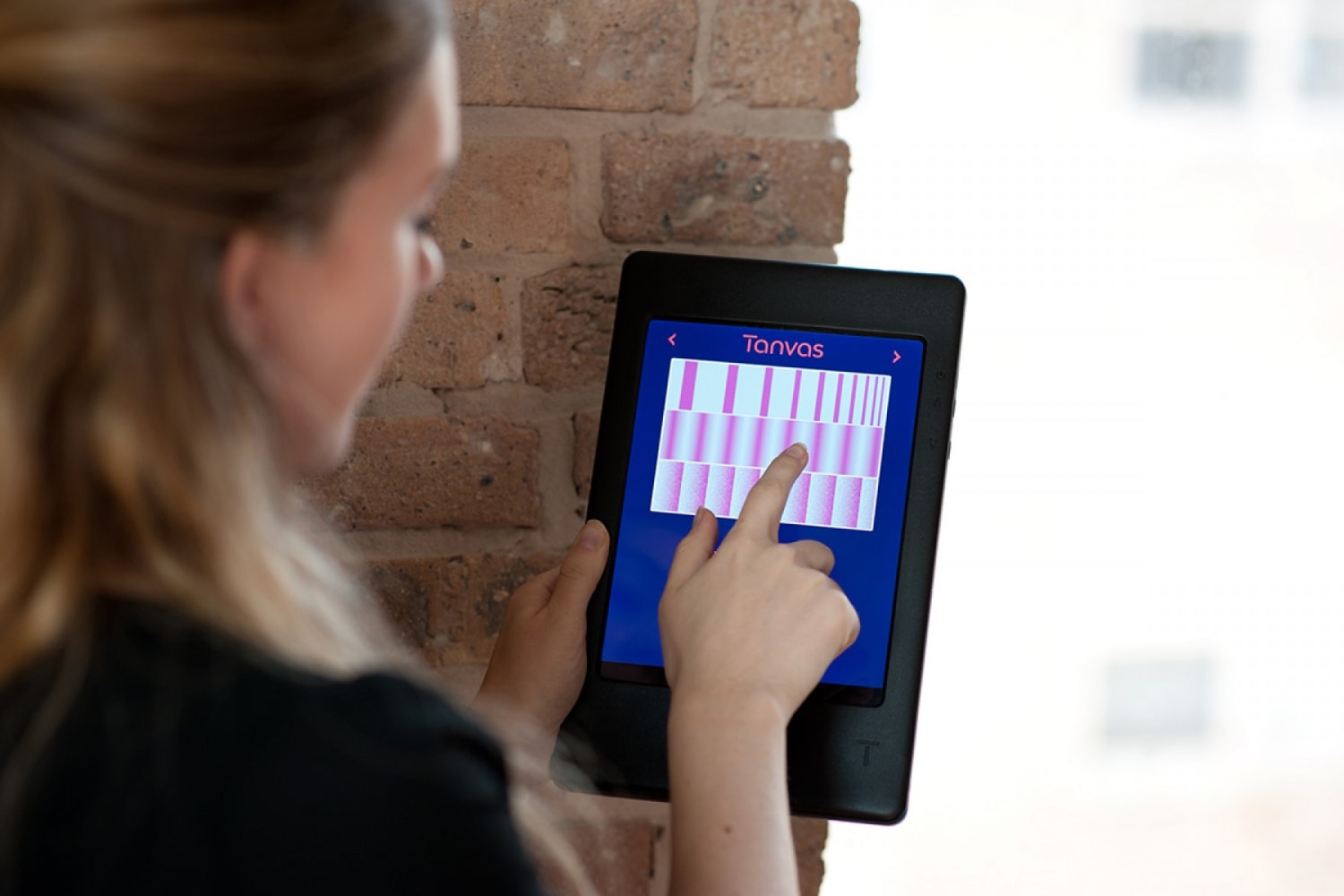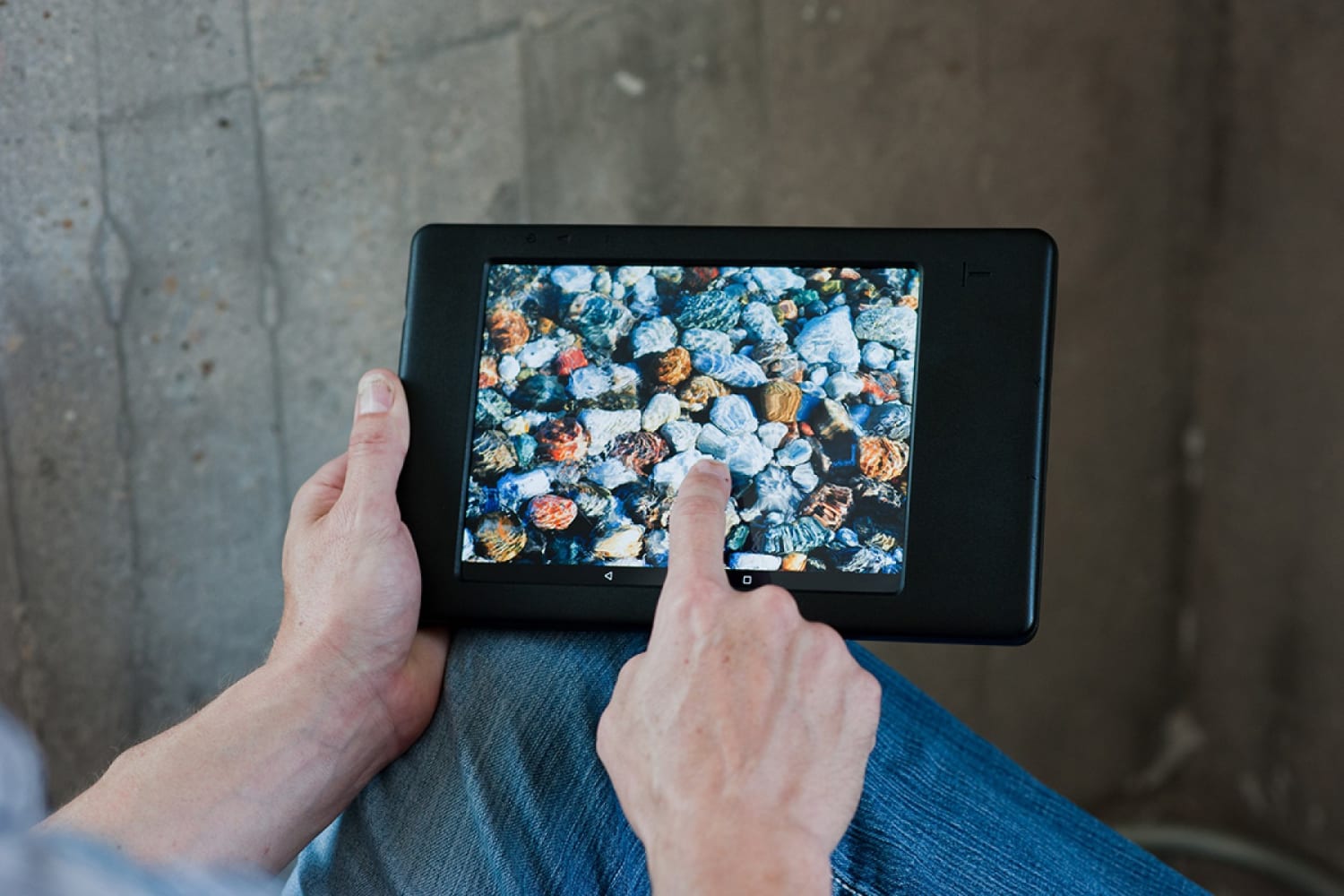As media consumption moves to mobile devices and brands seek any edge to stand out on small screens, haptic technologies, which communicate with users using the sensation of touch, are getting renewed attention.
Haptics technology has existed for years in various forms, but is quickly gaining ground in the consumer electronics industry. A 2016 market report by Technavio estimates that the haptics technology market in consumer electronics will grow at a CAGR of 21.1% from 2014 through 2019. Meanwhile, a new study by IPG Mediabrands and Immersion Corporation has quantified the effects of haptics on consumer perceptions of advertising.





